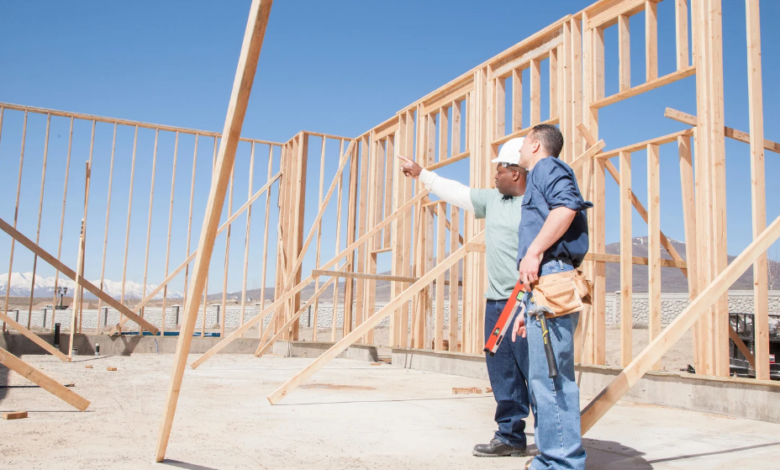Why Communication with Your Home Builder Is Crucial for a Successful Project

Building a custom home is a detailed, multi-phase process that demands more than good materials and skilled labor. Success often hinges on one factor many homeowners underestimate, clear and consistent communication. Misunderstandings, delays, and budget overruns can often be traced back to breakdowns in dialogue. For anyone working with custom home builders in Ooltewah, TN, strong communication is what turns plans into finished homes.
Collaborative conversations at every step of the project help align vision, resources, and execution.
Aligning on Design, Function, and Scope
Clear communication allows the builder and homeowner to sync expectations early, particularly during the design phase. Layout choices, architectural style, and essential features should all be discussed in detail before the first permit is pulled. Builders can’t act on assumptions, and homeowners shouldn’t rely on vague verbal agreements.
This is especially critical when designing the perfect floor plan, where room function, traffic flow, and storage considerations must be aligned with lifestyle needs. A simple misstep, like a misplaced window or inadequate outlet placement, can lead to costly revisions if discovered too late.
Builders who prioritize detailed walkthroughs and provide visual documentation make it easier for clients to engage with plans before construction begins. This alignment prevents friction during execution and reduces the risk of mid-build changes.
See also: Why Scrap Pickup Is the Most Convenient Option for Home Renovations
Preventing Oversights and Budget Surprises
Even the most experienced builders face shifting schedules, fluctuating material prices, and unexpected site conditions. Regular updates ensure that homeowners stay informed and empowered to make timely decisions.
When communication stalls, critical decisions get delayed, or worse, rushed. In fact, many mistakes to avoid when building a custom home are tied to a lack of clarity. This includes scope creep, unapproved substitutions, and scheduling delays caused by misaligned expectations.
Frequent check-ins, documented changes, and centralized points of contact help streamline the process. Builders who provide transparent status reports allow homeowners to monitor progress without second-guessing each phase. This builds trust and maintains momentum throughout the project timeline.
Coordinating Teams and Final Details
Homebuilding involves more than just the homeowner and general contractor. Electricians, plumbers, framers, and designers all contribute to the outcome. Coordinating those voices, and ensuring they’re all working from the same set of decisions, requires structured communication.
A builder who actively manages team coordination keeps the project on track and avoids conflicting directions. For instance, if one trade is unaware of a late-stage design revision, the result could be misaligned fixtures or cabinetry that doesn’t fit. When communication flows well, small issues are resolved before they become costly problems.
Builders who facilitate communication between all stakeholders ultimately deliver better results. Homeowners feel heard, subcontractors feel informed, and the final outcome reflects a unified vision.
Conclusion
Building a home is an investment in more than just property, it’s an investment in collaboration. The builder-client relationship must be rooted in transparency, responsiveness, and shared understanding. Communication is what transforms drawings into durable structures, keeping the project on budget, on time, and aligned with the homeowner’s vision. Without it, even the best blueprints can fall short.





